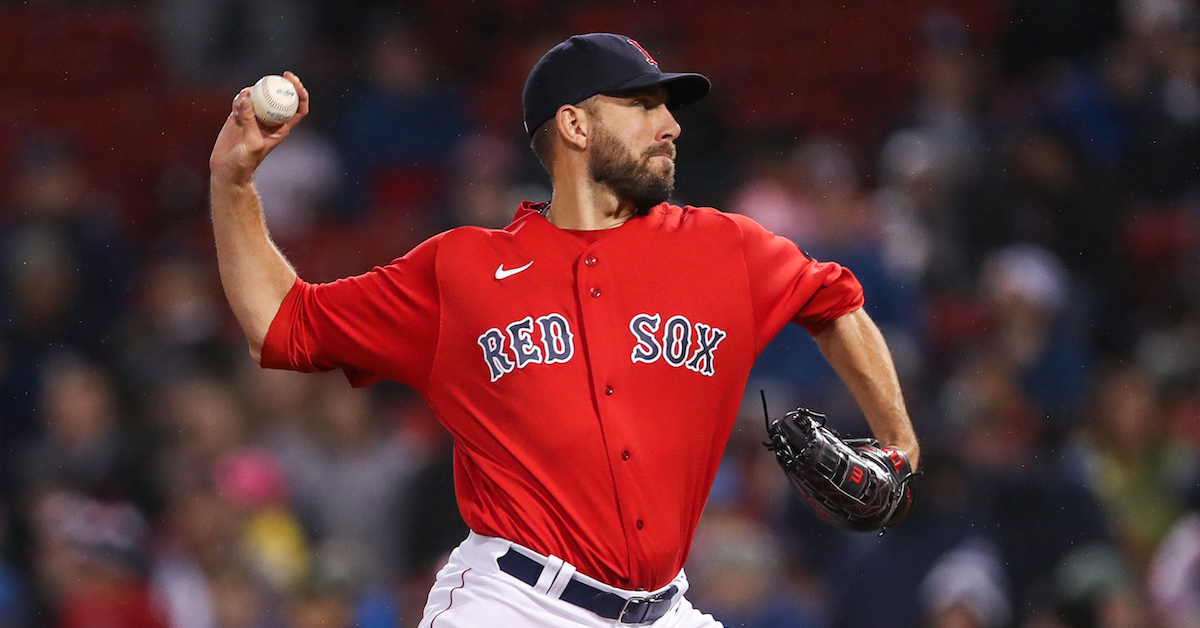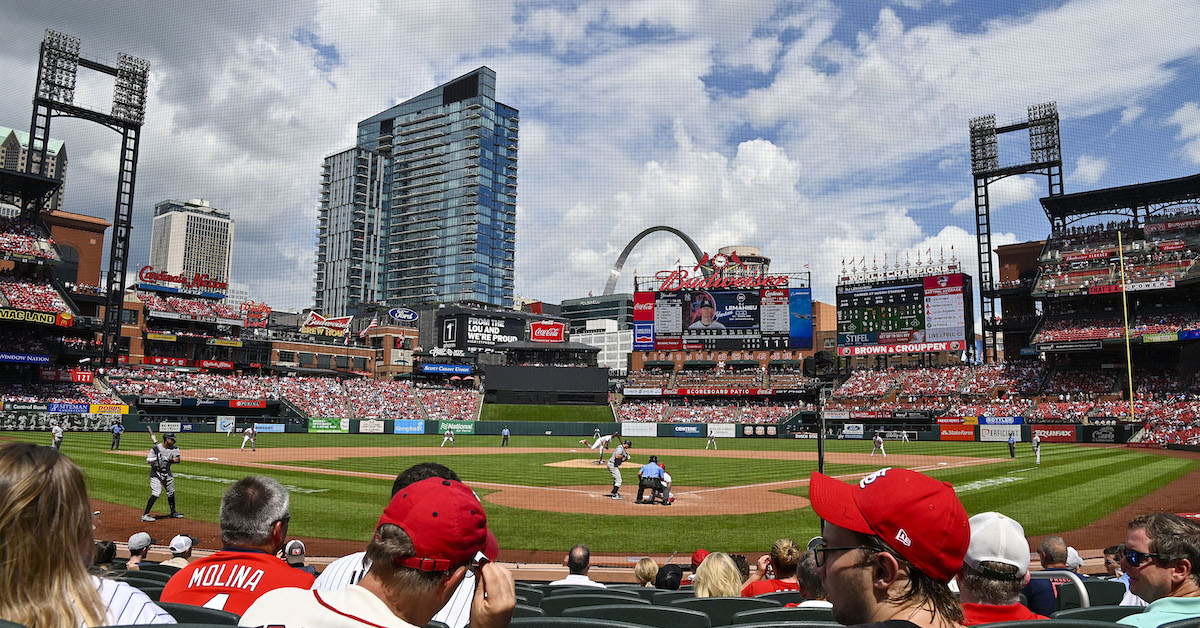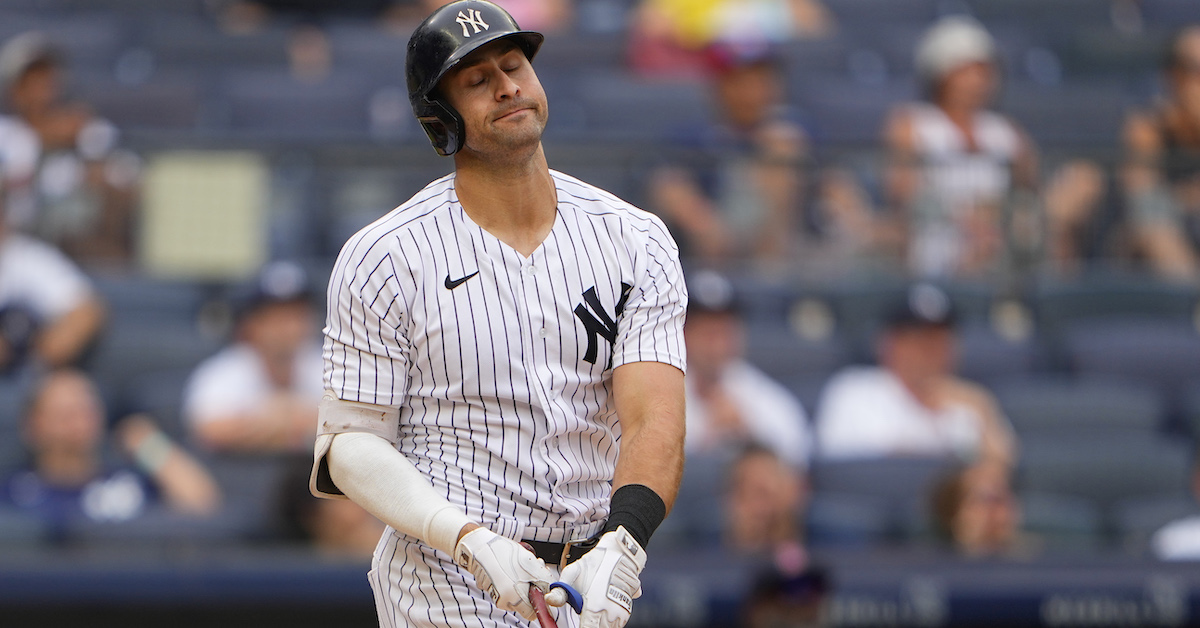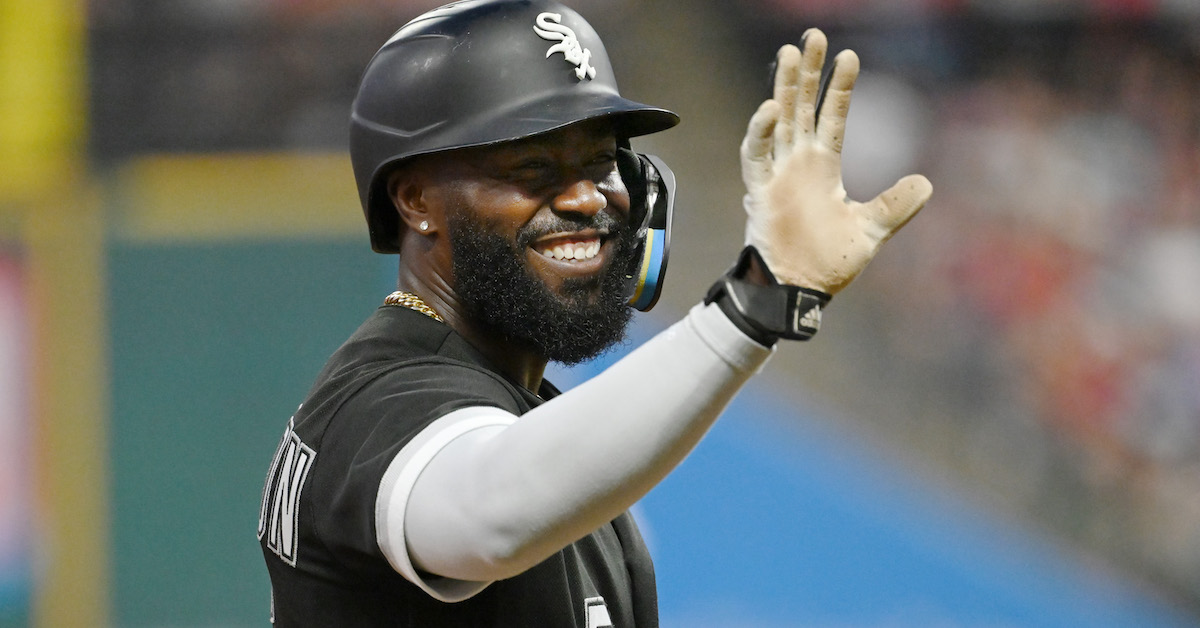Let’s Make a Deal! Reliever Edition

Let’s play some word association. I’m going to name someone, and I want you to say the first two words that come to mind. Okay, I’m ready: Richard Bleier. Did “middle reliever” jump to the fore? You’re exactly right; Bleier spent 2022 chipping in mid-quality work in the middle innings for the Marlins. One more: Matt Barnes. Did you say “middle reliever” this time? If not, maybe it was “ex-closer.” Barnes was a roller coaster ride of a closer right until he wasn’t, and he spent 2022 pitching anywhere from the sixth to ninth inning depending on need, at least when he wasn’t on the IL.
This year, I can guarantee you that those two won’t be reprising their roles. On Monday, the Red Sox and Marlins swapped their relievers in a one-for-one trade. It’s not even a contract-based swap; both players are under contract for 2023 with a team option for 2024, and the Red Sox sent $5 million to Miami to even out the payroll expenditure on the deal. It’s simpler than that: I want your reliever, and you can take mine. Read the rest of this entry »








